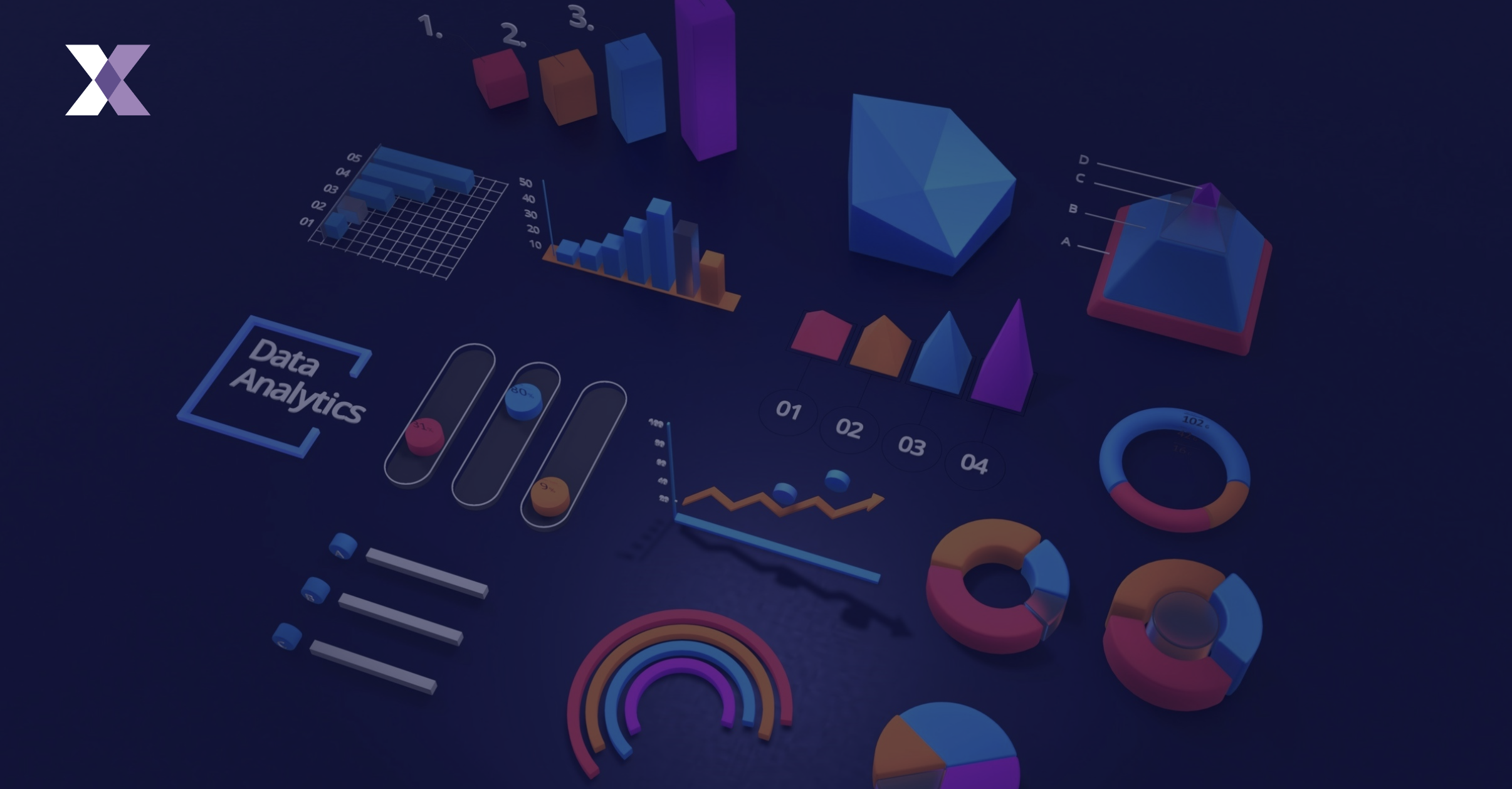Views
How Digital Shareholder Analysis is Transforming Investor Relations

A key priority for corporate issuers is maintaining a stable and engaged shareholder base.
While this includes constantly improving shareholder communications and fostering strong investor relationships, the first step is to conduct a detailed shareholder analysis.
This article explores the crucial role of shareholder analysis and how issuers can leverage insights to improve their shareholder engagement and targeting strategy.
The importance of understanding your shareholders
A 2024 Harvard Law School study revealed that 23% of investors were unhappy with the quality of engagement with board members, while recent NIRI research found that 60% were dissatisfied with shareholder communication.
The objective of conducting shareholder analysis is to plan investor targeting, spot movements in ownership and activist trends, assess investment needs and strengthen existing relations through things like tailored communications.
Regulations like the Shareholder Rights Directive II (SRD II) increased corporate transparency and shareholder visibility, providing issuers access to data of their shareholders with holdings of as little as one share to help guide their engagement strategies.
Gaining these invaluable insights on your shareholder base can provide details about demographics, trading patterns, sentiment, and voting behaviour while revealing the proportion of institutional and retail investors, as well as their influence level.
The role of shareholder analysis in investor relations

Shareholder analysis plays a vital role in effective investor relations, providing issuers with accurate and timely insights. Evaluating key data sources helps identify major shareholders and their historical activity to build a picture of ownership distribution while detecting shareholder motivation patterns.
Moreover, understanding your shareholder base during various economic periods can pinpoint long-term and new investors. It also offers crucial support when making decisions about your stock during high-volatility periods.
Ultimately, shareholder analysis enhances investor relations strategies by providing valuable insights that help tailor shareholder communications, strengthen engagement, and refine investor targeting.
What are the main benefits of analysing your investors?
• Identifying major shareholders and gauging shareholder concentration
• Building profiles to spot shareholder gaps and improve investor targeting
• Revealing the split between institutional and retail investors to steer your engagement and future targeting strategies
• Understanding shareholder sentiment to predict trading activity and voting intentions
• Enabling targeted communication to deepen investor relationships
• Detecting activist investors and addressing potential concerns
• Enhancing corporate governance to better align strategies with shareholder expectations
How new technologies are transforming shareholder analysis

The introduction of regulations like SRD II, coupled with rapid digital transformation, has significantly enhanced shareholder analysis. Driven by industry needs during the global pandemic and advancements in real-time data transfer, predictive analytics, and AI, these changes have reshaped how issuers and investors interact.
Traditional shareholder analysis was fragmented, with limited visibility, inefficient data management, and delays that risked missing key shareholder shifts and compliance requirements.
Now, digital platforms like Proxymity Shareholder Insights are streamlining the process, enabling issuers to access accurate shareholder data in real time.
AI-powered tools detect trends, identify risks, and generate actionable insights, strengthening engagement strategies.
Meanwhile, cloud-based solutions simplify shareholder communications and proxy voting processes by improving immediate scaling and managing peak volumes.
Key steps to conducting an effective analysis
• Gather ownership information from various data sources, such as share registers, custodian reports, regulatory filings, and market intelligence
• Streamline data gathering and consolidation via new digital solutions
• Categorise shareholders and identify top investors to define the proportion of holdings, level of influence, voting power, etc
• Monitor ownership shifts and trends that impact corporate strategy
• Segment key shareholder profiles to optimise investor targeting and shareholder engagement
• Evaluate investor sentiment, voting behaviour (including vote tracking during proxy season), and other indicators, to anticipate future activity
• Benchmark your shareholder base with other organisations to find opportunities in the market
• Track changes and conduct analysis regularly to mitigate risks
• Ensure regulatory compliance and responsible data processing
Powered by the insights from shareholder analysis, issuer engagement with investors can be more data-driven, timely, and meaningful.
Level up your analysis with the right tools

Today’s shareholder analysis offers numerous benefits for issuers to foster better investor relations and strengthen governance. Overall, it promotes transparency for organisations and investors alike, improving engagement and allowing for smoother shareholder meetings.
However, to maximise shareholder analysis value you need an integrated solution which provides a consolidated view of investor data sources. At Proxymity, we developed Shareholder Insights, an innovative platform that offers unrivalled shareholder data access and speed (thanks to our extensive partner ecosystem) to provide complete ownership visibility through the intermediary chain.
Our secure, cloud-native platform seamlessly integrates with existing systems, helping issuers and intermediaries remain SRD II-compliant and reduce data gathering from days to hours. The Proxymity Shareholder Insights Suite also includes Vote Insights, which connects directly to the proxy voting flow and enables real-time investor vote tracking and behaviour monitoring for key events and meetings.
Shareholder analysis FAQs
What is shareholder analysis?
Shareholder analysis examines the distribution of ownership, concentration of shareholdings, and identities of major investors. This enables issuers to gain a greater understanding of their shareholder base, helping to improve decision-making, targeting, and engagement.
What are some examples of data sources for this analysis?
Typical data sources used include share registers, custodian disclosures, regulatory filings, market intelligence reports, and proxy voting data. Digital solutions, like Proxymity, can be an easy way to conduct an analysis of your shareholders through real-time reporting.
How often should the analysis be conducted?
It is typically conducted quarterly or before major corporate events like an annual general meeting. It helps issuers stay informed of changing shareholder sentiment and trends, especially within volatile market conditions or peak proxy voting season.
How do regulations like SRD II impact the process?
SRD II and similar directives require intermediaries to provide greater access to shareholder data, including information about ownership structures and investor identities and behaviours. This improves stewardship transparency and enables issuers to conduct advanced shareholder analysis, helping organisations make more informed decisions and enhance shareholder engagement.
Is it important to conduct shareholder analysis ahead of the peak proxy voting season?
Yes, conducting it before the peak proxy voting season is extremely beneficial. It offers crucial insights into investor sentiments and priorities, enabling issuers to anticipate likely voting patterns, identify potential activism risks, and proactively engage with shareholders. The insights help companies address key concerns, adapt communications, and achieve better alignment with shareholder expectations before important meetings.
However, to enable year-round engagement or avoid chances of proxy fights, the analysis should be conducted at least quarterly.
What is shareholder value analysis?
Shareholder value analysis (SVA) differs from shareholder analysis. SVA measures a company’s effectiveness at driving value for its shareholders and is calculated using various methods, such as earnings per share, return on equity, and discounted cash flow. Shareholder analysis focuses on identifying ownership, understanding the shareholder base, and evaluating investor behaviours.
